What’s the difference between a bassinet and a crib?
The most important distinction between a bassinet and a crib is size. A bassinet is generally much smaller and more portable. It’s designed to be picked up and moved around — super handy in the early days when your tot needs to be by your side 24/7.
There are a few more key differences that we’ve covered in our crib vs bassinet guide, but in short — bassinets are designed for newborns, while cribs or cots are a more permanent, sturdier, roomier choice for older babies.
When should I transition my baby from a bassinet to a crib?
Bassinets are brilliant. They’re cosy, compact, and super convenient for day trips or middle-of-the-night feedings. But as your tot grows, there will come a time when the bassinet is no longer suitable (or safe).
Generally speaking, there’s no set age when a baby should transition to a crib from a bassinet — the most important factors to consider are your bassinet’s weight limit and your baby’s developmental milestones. Some parents forgo the bassinet altogether and have their tot sleeping in a crib from day one — and that’s fine too.
Whether your newborn sleeps in a bassinet or a crib, the NHS recommends that they share your room for at least the first six months.
Signs baby is ready for crib
If age isn’t necessarily a reliable indicator of crib readiness, then what is? Look out for these telltale signs:
They’ve outgrown the bassinet
Most bassinets have a weight limit between 15 and 20 lbs, but every model is different, so always check the specifications yourself! If your baby’s getting close to (or exceeding) the weight limit, it’s time to size up to a crib.
Similarly, if your little one’s head or feet are touching the ends of the bassinet, they’re definitely due an upgrade! More room to stretch out = a happier, safer tot.
Their mobility has increased
This one’s extra important: If your tot can roll over, push up on their hands or knees, or even pull themselves up a bit, there’s an increased risk that they could topple the bassinet. So, if your baby’s reached these developmental milestones, it’s time to invest in a sturdier, more spacious sleep space.
They’re waking up more frequently or seem uncomfortable
If your previously snoozy baby is suddenly waking up more, squirming, or seems uncomfortable, they might simply need more space. As babies grow, they naturally want to stretch, wiggle, and find their own cosy position — once they’re rolling they need to have the space to be about to roll themselves back and forth.
5 tips for a smooth transition to crib
Making the move from bassinet to crib can feel like a big step, but there are a few tricks that can make the transition smoother (and maybe even more fun) for both of you.
Start with naps. Try having your baby nap in the crib for a few days to get them comfortable with the new space. This lets them acclimatise and adjust to the crib gradually, until they’re ready to transition fully to their new sleep environment.
Keep the crib cosy (but safe). Although cribs feel bigger and less snug than a bassinet, you can make it feel more familiar. Try a fitted crib sheet that’s soft to the touch, and if they’re used to a sleep sack or specific sleep environment, keep that as part of the routine.
Stick to your usual bedtime routine. Time for one of our favourite phrases: consistency is key! Whatever you usually do — whether it’s bath time, singing, rocking, or reading — keep it the same. Babies are comforted by familiar routines, so they’ll feel reassured even in a new space.
Sleep nearby for the first few nights. If you’re moving your baby to their own room, consider sleeping in the room with them or bringing the crib into your room to ease the adjustment. Baby monitors can also help you keep an eye on them if you need some extra reassurance.
Be patient. Like any change, it might take a little while for your tot to fully adjust to sleeping somewhere new. Keep calm, follow a routine, and they’ll settle into the new setup soon enough.
Are there age or weight limits for using a bassinet?
Yes. Every bassinet has its own weight and size limits, but the majority of them can handle between 15 to 20lbs of weight safely. This said, plenty of parents find that even if their baby hasn’t exceeded the weight limit, they’ve outgrown their bassinet or can roll over or sit up independently, making the upgrade to a crib necessary.
Our advice? Keep your baby safe and double-check your bassinet’s manual — and if you can’t find it, look it up online by searching the make and model on Google.
When should my baby move to their own room?
The NHS recommends sleeping in the same room as your baby for at least six months, partially because room-sharing has been linked to a lower risk of sudden infant death syndrome (SIDS). If you’re considering moving your baby to their own room, we’d recommend following our guide — it’s packed with all sorts of handy tips to make the process easier for the both of you.
What if my baby seems too small for the crib?
It’s totally normal to worry that the crib will feel too “big” for a baby used to the cosy bassinet. But even though it might look roomy, many babies actually enjoy the extra space to move around. To help them feel more secure, you can use a sleep sack or swaddle if they’re still young enough, which adds a bit of cosy comfort (and still keeps things safe!).
Is it normal for babies to cry when they’re first moved to a crib?
Yes, it’s very common for babies to cry a little when adjusting to a new sleep space. After all, it’s a big change! Try to reassure them with a soothing voice or gentle pat, and give them a few minutes to settle down. Sometimes, this adjustment just takes a bit of patience and time, and persistence and a regular routine will eventually help them get used to their new bed.
Transitioning your tot to a new sleeping situation can be tricky — babies can often struggle with a change in their environment — but by following the guidance above, you should find the process a lot more straightforward. Yes, there may be a few tears or tantrums along the way, but that’s par for the course when it comes to parenting… Patience and persistence are crucial.
Reviewed by Rosey Davidson, Sleep Consultant, founder & CEO, in November 2024.



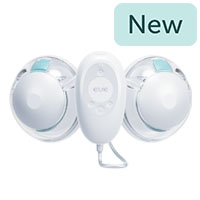
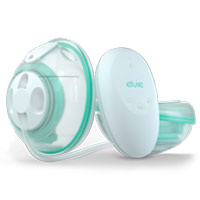
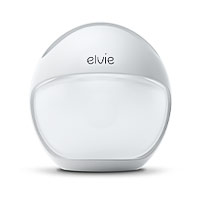
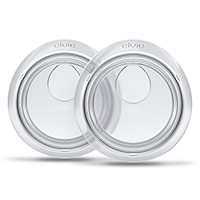
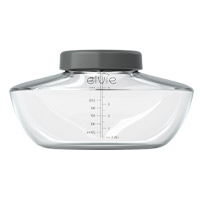
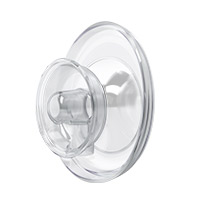

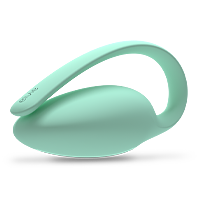
 6 minute read
6 minute read